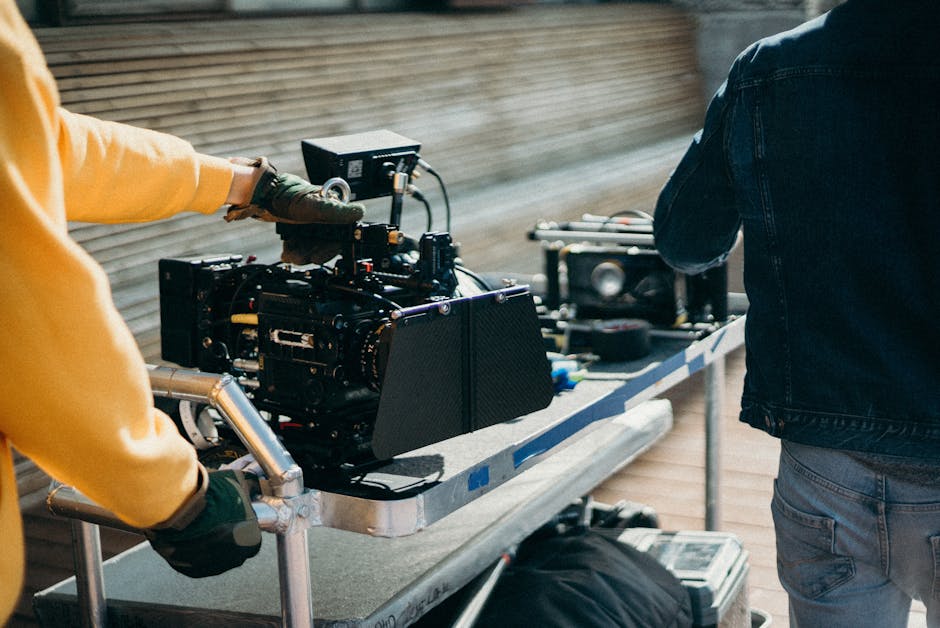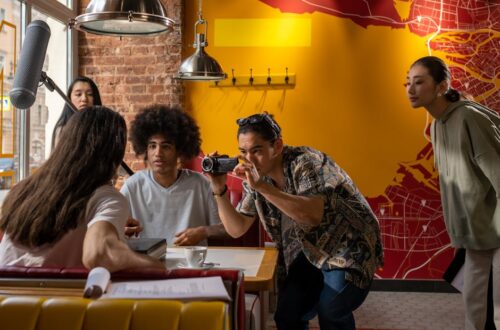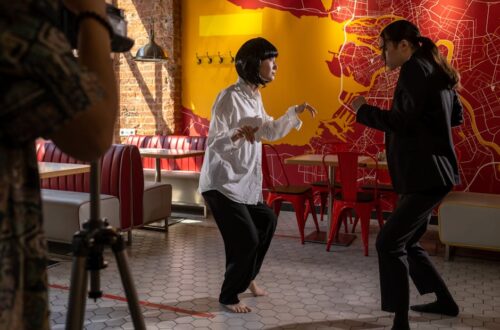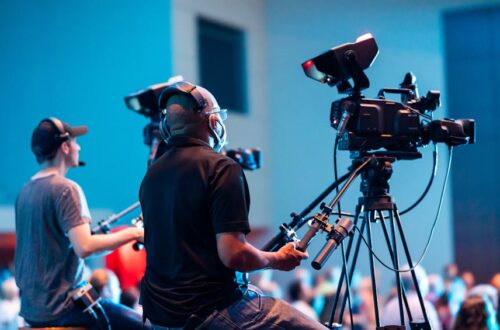Behind the scenes work in TV and film production is where the real magic happens, transforming scripts into unforgettable stories. At Scene Flow – Scenlo, we’re pulling back the curtain to reveal the intricate process, unsung heroes, and storytelling flow that bring your favorite movies and shows to life. Whether you’re a fan, aspiring creator, or simply curious, this deep dive into the behind the scenes world will show you why every frame is a triumph of teamwork, creativity, and dedication.
Development: The Birth of a Story
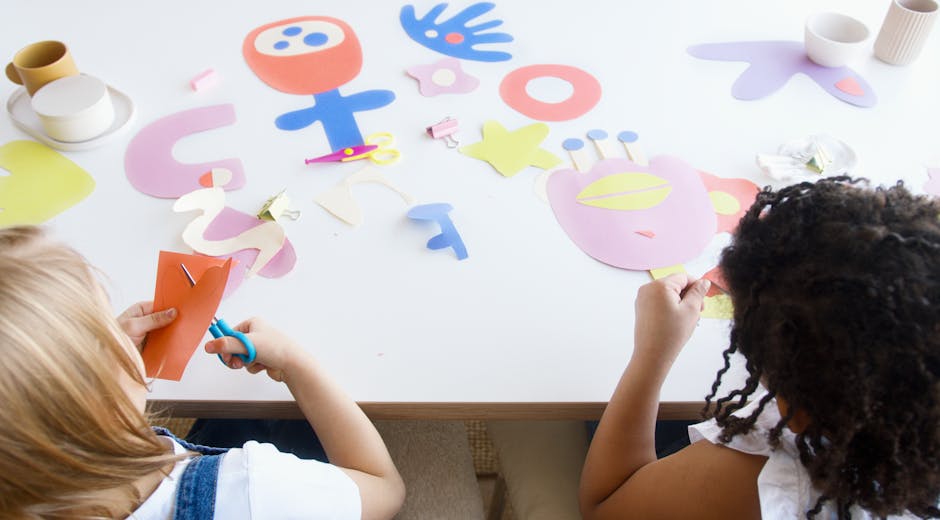
Photo by Artem Podrez on Pexels
Every iconic film or binge-worthy series starts with a spark—an idea, a pitch, or a moment of inspiration. The development stage is the foundation of every project. Writers, producers, and sometimes directors gather to brainstorm concepts, outline story arcs, and shape characters. This is where scripts are born, revised, and polished until they’re ready to move forward.
Development isn’t just about creativity—it’s also about logistics. Producers secure financing, assemble creative teams, and plan the project’s scope. This phase can take months or even years, as studios weigh budgets, marketability, and potential risks. It’s a time of excitement and uncertainty, where every decision can shape the final product.
For creators, development is a balancing act between vision and practicality. It’s about crafting stories that resonate while navigating industry realities. The best projects emerge from this stage with a clear voice, compelling characters, and a roadmap for what comes next.
Pre-Production: Planning the Flow
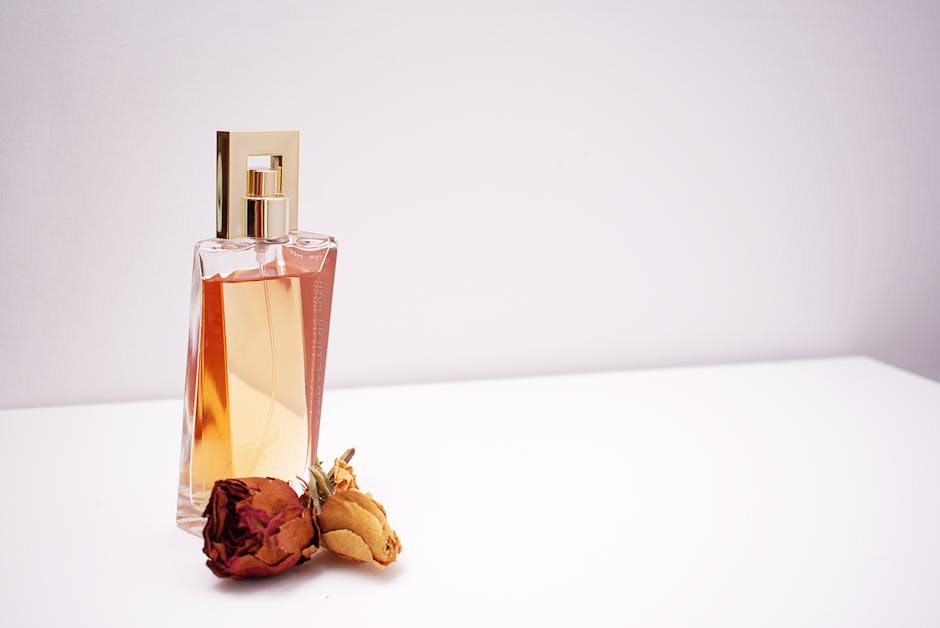
Once a project is greenlit, the pre-production phase begins. This is where the blueprint for the entire production is drawn up. Scripts are finalized, casting directors find the perfect actors, and location scouts search for settings that bring the story to life. Departments like costume design, set decoration, and props begin their creative work, transforming ideas into tangible elements.
Scheduling is critical in pre-production. Assistant directors create detailed call sheets, outlining every scene, location, and crew member needed each day. Budgets are locked, equipment is rented, and rehearsals begin. The production designer collaborates with the director to visualize the world of the story, while the cinematographer plans the visual style and camera work.
Pre-production is a hive of activity, filled with meetings, mood boards, and meticulous planning. Every detail matters, from the color of a character’s jacket to the timing of a dramatic reveal. The goal is to anticipate challenges and ensure a smooth shoot, setting the stage for the creative flow that follows.
Production: Capturing the Magic
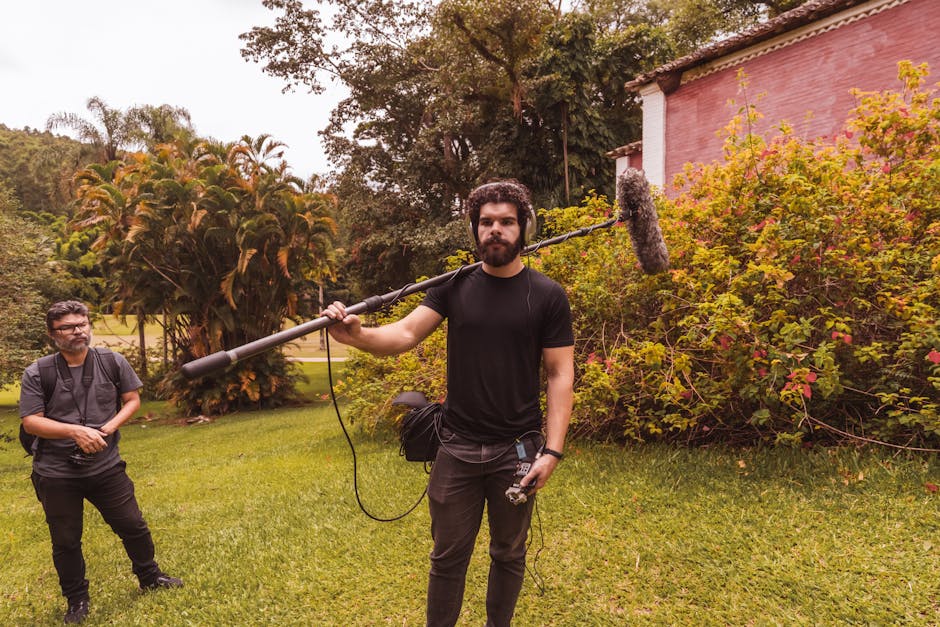
Photo by JEFERSON GOMES on Pexels
The production phase—also known as principal photography—is where the cameras finally roll and the story comes to life. Sets buzz with activity as actors step into character, directors call the shots, and every department works in sync. The energy is electric, but the pressure is real: every minute counts, and every take matters.
Behind the scenes, dozens (sometimes hundreds) of professionals coordinate to capture each moment. The grip department rigs cameras and lights, the gaffer oversees lighting setups, and the sound team ensures every line is crisp. Makeup artists and costume designers prep actors, while the script supervisor tracks continuity. Assistant directors keep everything on schedule, calling for quiet on set and managing the flow of the day.
Production is a blend of artistry and logistics. Directors block scenes with actors, cinematographers frame each shot, and everyone adapts to challenges—weather, technical issues, or last-minute script changes. The result is hours of footage, both main scenes and B-roll, ready for the next stage.
Post-Production: Weaving the Story

Photo by Photo By: Kaboompics.com on Pexels
Once filming wraps, the post-production phase begins—a world of editing bays, sound studios, and digital wizardry. Editors sift through footage, assembling scenes into a coherent narrative. This is where the story truly takes shape, as pacing, tone, and emotion are refined with every cut.
Sound designers add layers of audio, from dialogue and music to ambient effects. Visual effects artists create everything from subtle enhancements to blockbuster spectacle. Colorists adjust the look and feel, ensuring visual consistency and mood. Directors and producers review cuts, offering feedback and guiding the final vision.
Post-production is a marathon of creativity and problem-solving. Deadlines loom, changes are made, and the team works tirelessly to deliver a polished product. The flow of storytelling continues, with every edit and effect serving the larger narrative.
Distribution: Sharing the Flow
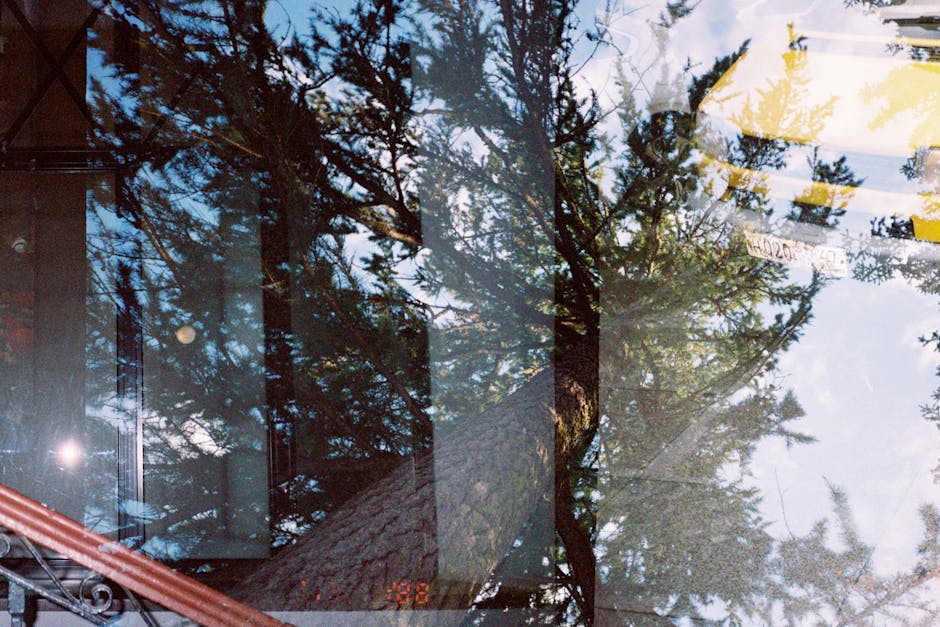
Photo by Inga Seliverstova on Pexels
The final stage, distribution, is how stories reach audiences worldwide. Distributors strategize releases—whether in theaters, on streaming platforms, or via broadcast. Marketing teams create trailers, posters, and campaigns to build anticipation and connect with fans.
Behind the scenes, contracts are negotiated, press tours are planned, and screenings are organized. The flow of storytelling extends beyond the screen, as creators engage with audiences, critics, and the wider industry. Success here can launch careers, inspire sequels, or spark cultural moments.
Distribution is the culmination of years of work, where the behind the scenes flow finally meets the world. For creators and fans alike, it’s a celebration of storytelling and the power of film and TV to move, entertain, and unite us.
The Unsung Heroes: Crew, Collaboration, and Community
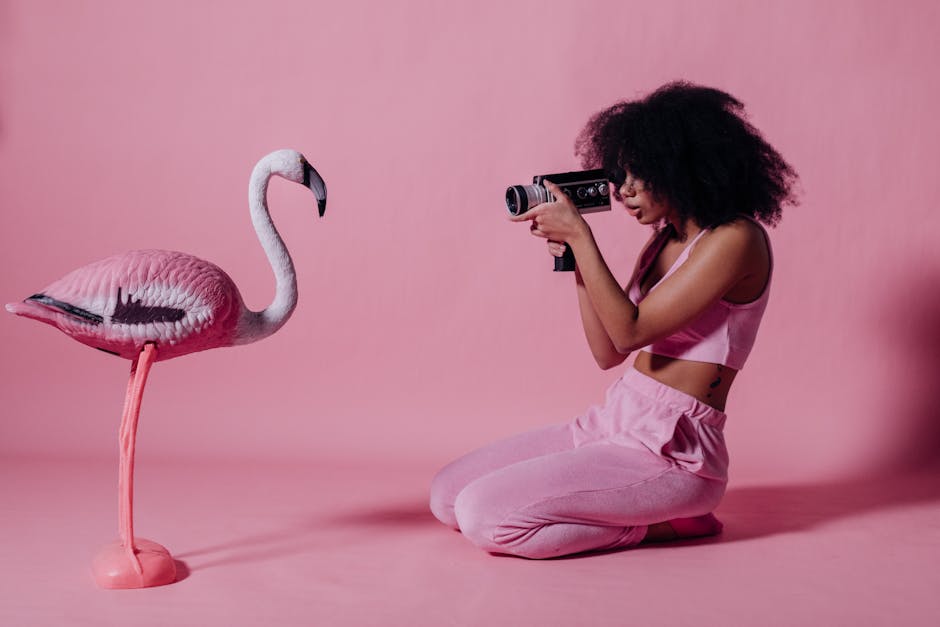
Photo by KoolShooters on Pexels
While stars and directors often get the spotlight, the real flow of production is powered by unsung heroes. From assistant directors and grips to editors and sound mixers, every role is vital. The behind the scenes crew forms a close-knit community, united by passion, professionalism, and a shared love of storytelling.
Collaboration is the heartbeat of every production. Departments coordinate, troubleshoot, and support each other, adapting to challenges and celebrating victories. The flow of communication and creativity ensures that every project, no matter the scale, is a team effort.
For those who work behind the scenes, the rewards are both professional and personal. There’s pride in every finished project, camaraderie in every late-night shoot, and the satisfaction of knowing their work helped create something lasting. The flow of stories, both on and off screen, is what makes TV and film production a truly special world.
Behind the Scenes Flow: Nostalgia, Lessons, and the Future

Photo by Ylanite Koppens on Pexels
Looking back, the behind the scenes flow of TV and film production is a source of endless nostalgia and inspiration. Classic movies, cult shows, and modern masterpieces all share the same foundation—a team of dedicated people working tirelessly to bring stories to life.
Each production leaves lessons for the future. Innovations in technology, shifts in storytelling styles, and changes in audience expectations all shape the flow of the industry. As streaming platforms, virtual production, and global collaboration redefine what’s possible, the behind the scenes world continues to evolve.
For fans and creators alike, understanding the flow behind the scenes deepens appreciation for every frame. It’s a reminder that storytelling is both an art and a craft—a collaborative journey that flows from idea to screen, connecting us across time and place.
Sources
- https://www.youtube.com/watch?v=puF9CkvmJt0
- https://www.aiu.edu.kw/news/behind-the-scenes–how-movies-are-made
- https://joby.com/us-en/creator-journal-blog/filming-behind-the-scenes/
- https://www.noblebisonproductions.com/blog/benefits-of-behind-the-scenes-videos
- https://charlieuniformtango.com/what-is-film-production/
